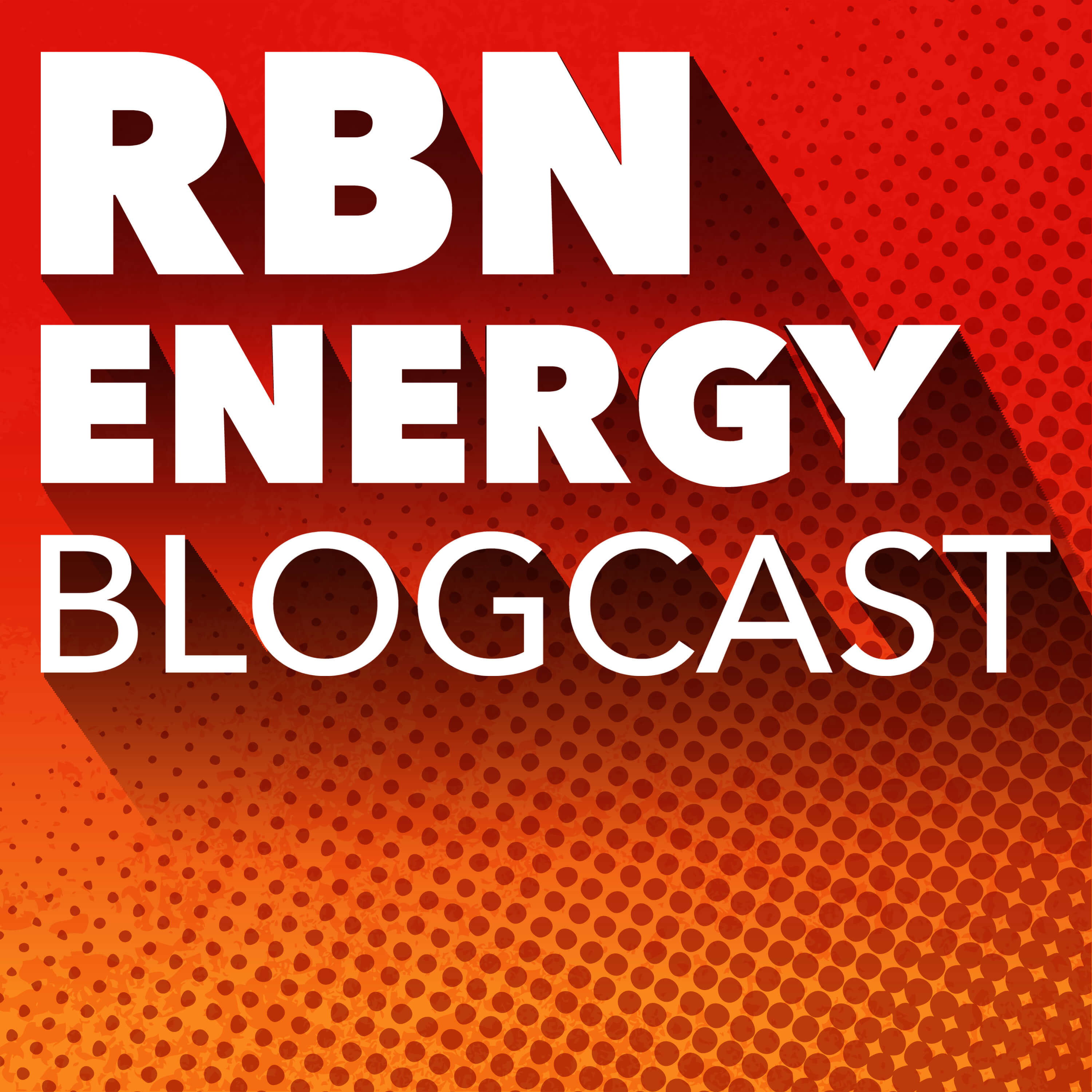Listen "On The Road Again - How Cow Manure is Helping to Fuel Heavy-Duty Fleets Across North America"
Episode Synopsis
A primary objective of the federal Renewable Fuel Standard (RFS), when it was expanded back in 2007, was to stimulate by 2022 the production of at least 16 billion gallons/year of gasoline and diesel made from cellulosic biomass in conversion plants resembling small refineries. After getting lots of headlines in the early days of renewable fuels, that vision faded into the background and attention shifted to the use of ethanol in gasoline and the production of diesel from soybean oil, but cellulosic biofuels — non-food crops and waste biomass like animal manure, corn cobs, corn stalks, straw and wood chips — are back in the spotlight thanks to a regulatory quirk. In today’s RBN blog, the first in a series, we review the unusual history of the D3 Renewable Identification Number (RIN), the subsidy designed to stimulate cellulosic biofuel production, and the recent impact on heavy-duty trucking.
More episodes of the podcast RBN Energy Blogcast
Every Rose Has Its Thorn – Poor Performance in the Petrochemical Industry Affecting Earnings
12/11/2025
One Thing Leads to Another – Refined Products Projects Out West Will Impact Markets in Several PADDs
11/11/2025
More! More! More! – Propane Oversupply Meets Potential Natural Gas Shortfall: Market Implications
07/11/2025
Full Speed Ahead – Plains Expands Wellhead-to-Water Connectivity by Securing 100% of EPIC Crude
06/11/2025
Started From the Bottom – Merger of SM Energy and Civitas Resources Will Propel Them Higher
05/11/2025
You Oughta Know – Disputes, Disruptions Around FERC’s Rate Index Add to Industry Uncertainty
04/11/2025
Good Times? – The Golden Age E&Ps Hoped for Hasn’t Arrived, But Regulatory Reform Is Happening
03/11/2025
 ZARZA We are Zarza, the prestigious firm behind major projects in information technology.
ZARZA We are Zarza, the prestigious firm behind major projects in information technology.
